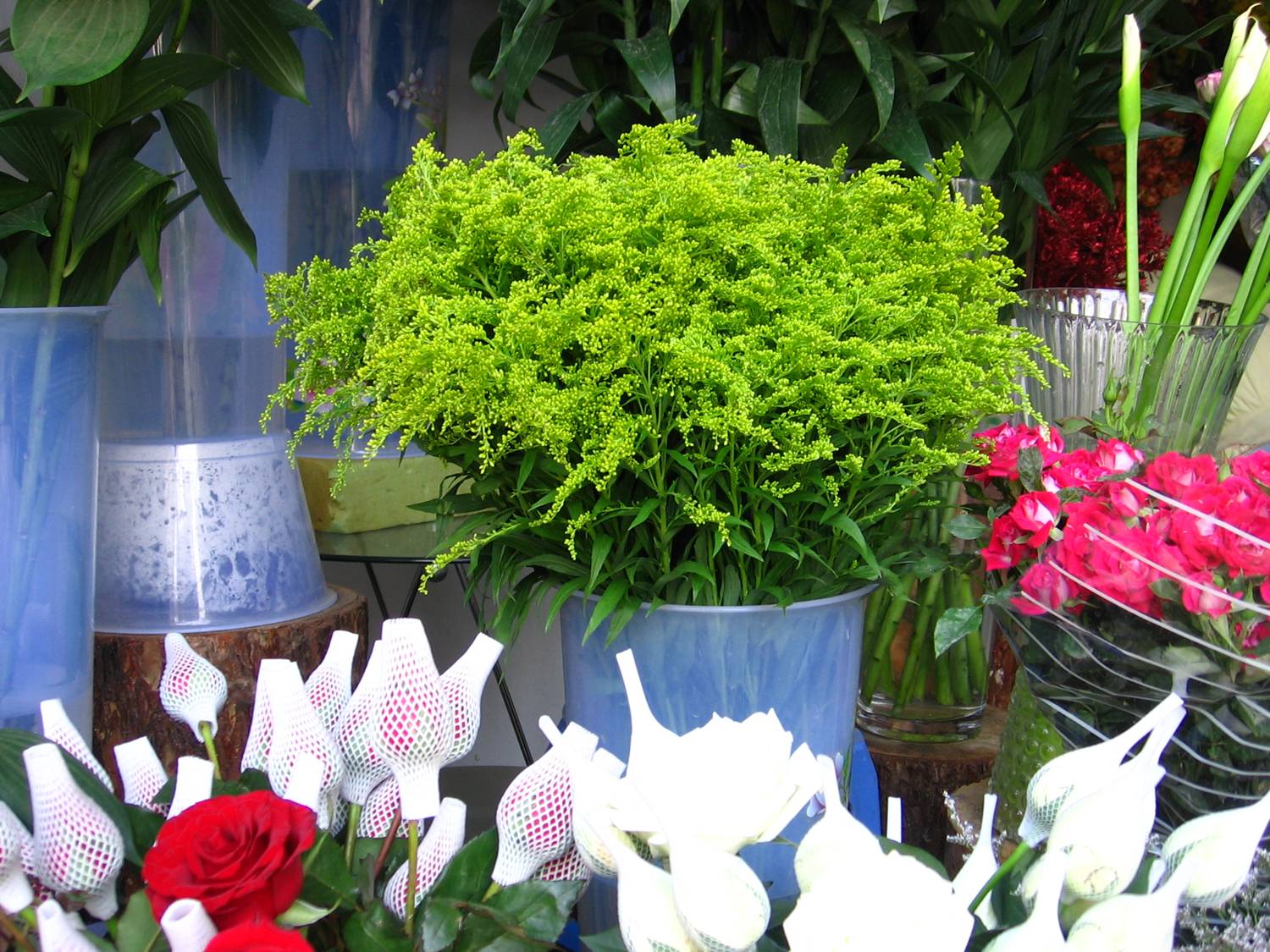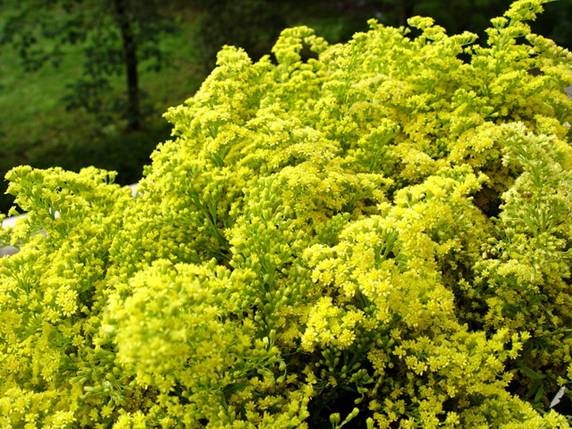Since 1997 when the “golden oriole” was introduced in Yunnan for floriculture, its ornamental value has been recognized and has enjoyed large-scale cultivation and brought economic benefits. Its products are sold in many other provinces of China. However, because its morphology is very similar to that of the Canadian Solidago, the cultivation of which is boycotted.
For many years, researcher GONG Xun and his team carried out comparative studies of the “golden oriole” planted in Yunnan and Canadian Solidago, and found that although the shape of “golden oriole” is similar to Canadian Solidago, “golden oriole” was diploid (2n=2x=18), while the Canadian Solidago spread throughout eastern China was hexaploid (2n=6x=54). Polyploidy generally is more adaptive and invasive than diploid. In DNA, although the ITS sequence of "golden oriole" and Canadian Solidago differs in only two base, their atpB-rbcL and trnL-F sequence in chloroplast are quite different, 5 and 15 base differences respectively. In the same condition, the germination rate of “golden oriole” is only 2%, while that of Canadian Solidago is as high as 95%.
The research preliminarily confirmed that the cultivation of “golden oriole” in Yunnan is safe and under control. However, as the "golden oriole" has a certain ability to reproduce, there are potential possibilities of escaping to the wild and causing ecological disaster. We hope that relevant departments strengthen monitoring of the plant. The results provided scientific evidence for the cultivation and sale of “golden oriole” in Yunnan and communicated on the “golden oriole” seminar organized by Ministry of Agriculture.

“golden oriole” (image by KIB)

Canadian Solidago (image by KIB)




